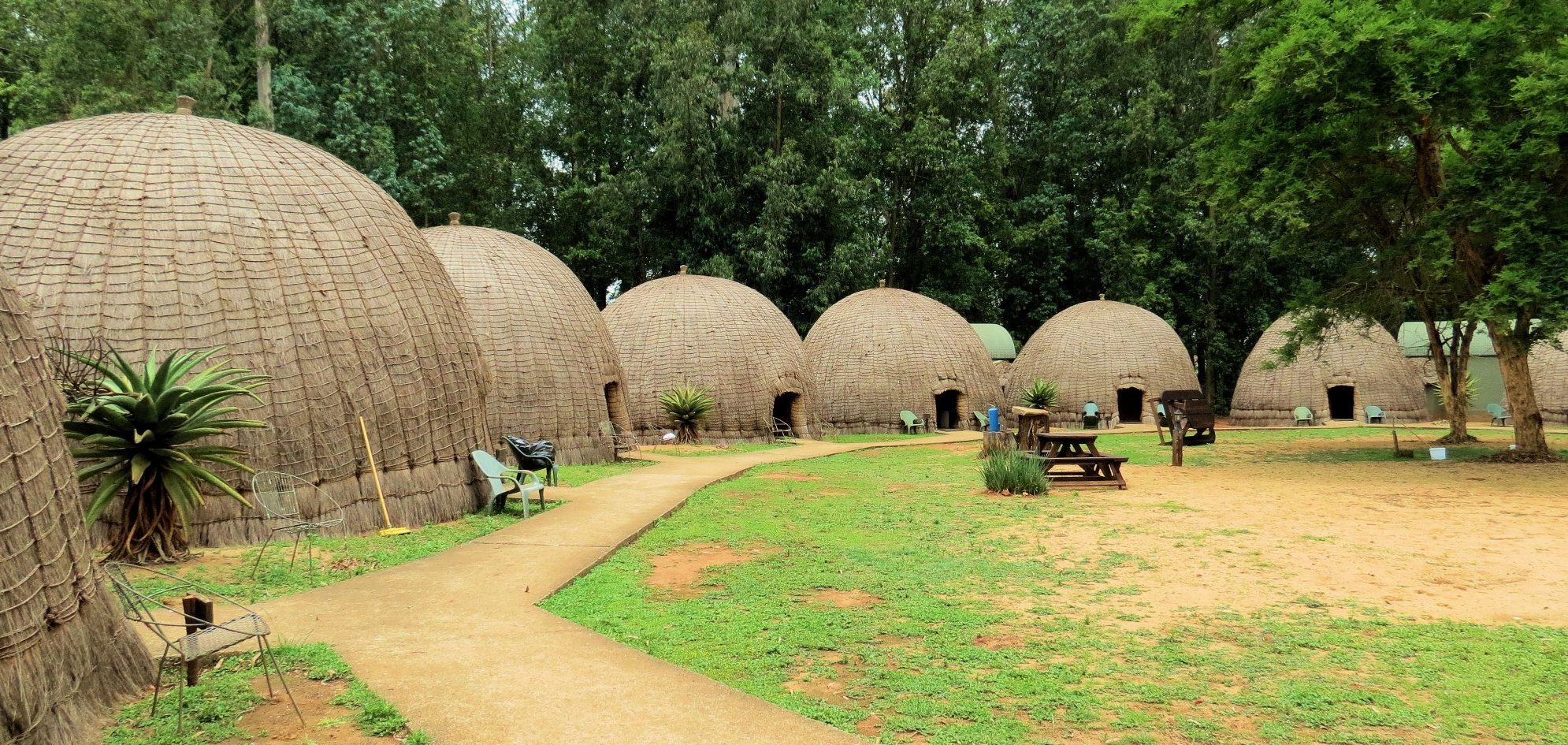
Swaziland
The Kingdom of Swaziland
Many tourists to Southern Africa, seem to pass Swaziland off. Small, but a wealth of experiences to be gained – Swaziland should be on your checklist this year. Rustic in nature compared to its bigger neighbors. With an existing monarchy, deeply rooted cultural traditions and flat plains, Swaziland has much to offer.
A few minutes out of Mbabane, you will find the Mantenga Cultural Village. This village is unique in the sense that actual people reside in it. Paying the entrance fee, allows you to go on a guided tour of the Swazi village, watch villagers perform the sibhaca dance and purchase handmade beaded jewellery as you immerse yourself into Swazi culture. Attached is a reserve, that offers sightings of mischievous monkeys, baboons and duikers.
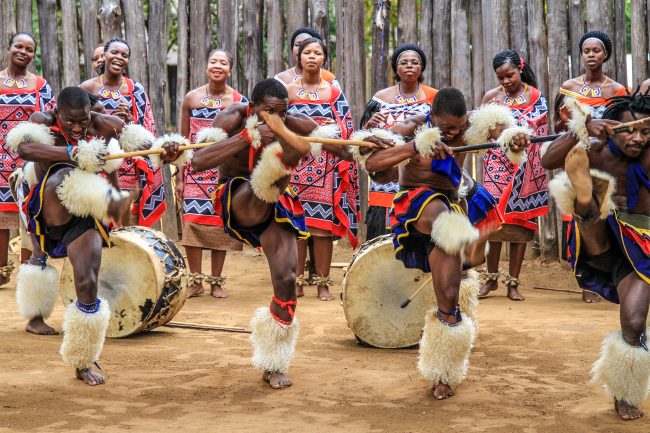
After visiting Mantenga Cultural Village, take your hiking shoes along and turn this cultural experience into an adventurous one too, as you trek to Mantenga falls located in Mlilwane Wildlife Sanctuary which is in Ezulwini Valley and south of the city of Mbabane. Visit the spectacular Mantenga waterfall and the Usushwana Valle referred to as the the Nyakato viewpoint.
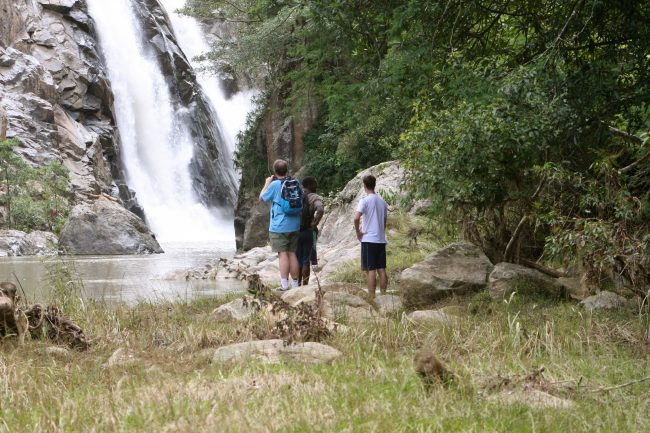
Mlilwane Wildlife Sanctuary is home to many animals such as zebras, antelopes, and birds.

Beehive Village at Mlilwane Wildlife Sanctuary
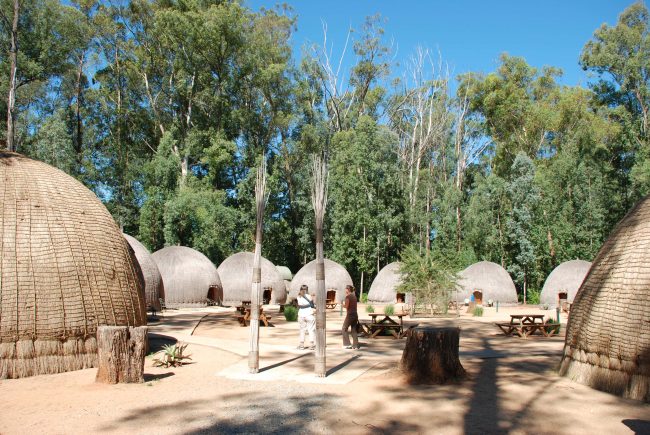
Room with bed inside Beehive Village at Mlilwane Wildlife Sanctuary
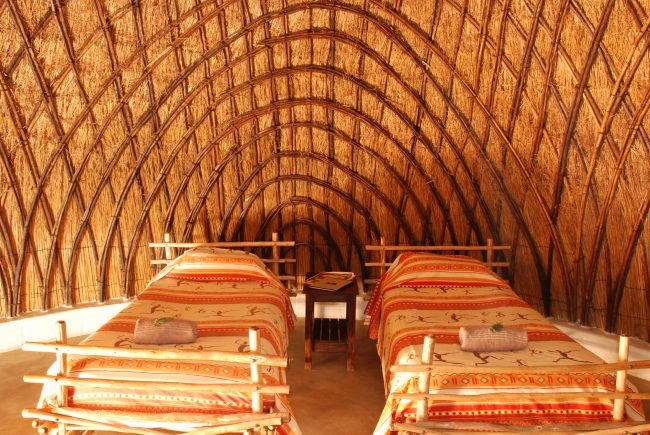
Swaziland artwork and culture is colorful and vibrant.
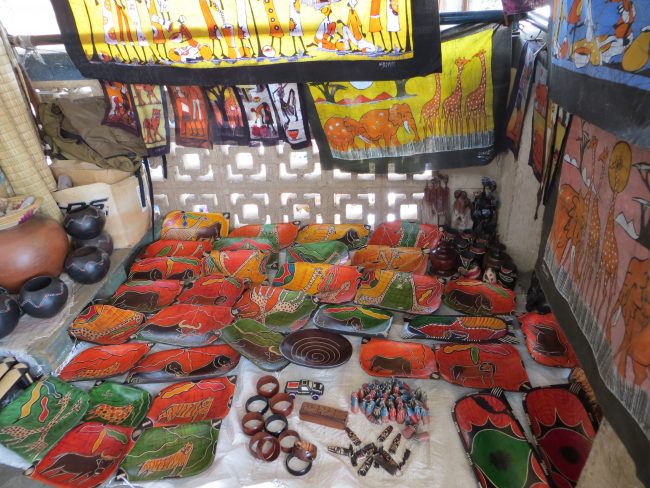
Another interesting visit to consider apart from the usual Southern African wildlife is the Ngwenya Glass. An ode to the arts and crafts scene in Swaziland, that attracts many tourists. You can admire and purchase some of the exquisite work as well. This falls part of eco-tourism as all the glassware is made from recycled glass. If you’re visiting during the week, you can watch glass-blowers down below as they work. Ngwenya Glass was founded in 1979 by Swedish Aid. Master glassblowers from Sweden trained the local people in the art for two years, and from 1981-1985 the factory was run by Swazis. It reopened in 1987 thanks to the Prettejohns. Since then it has trained local people in the art of glass blowing and become a hugely successful and environmentally conscious business. Once you’re done admiring the work, step into the café on site that offers quick meals and refreshing juices.
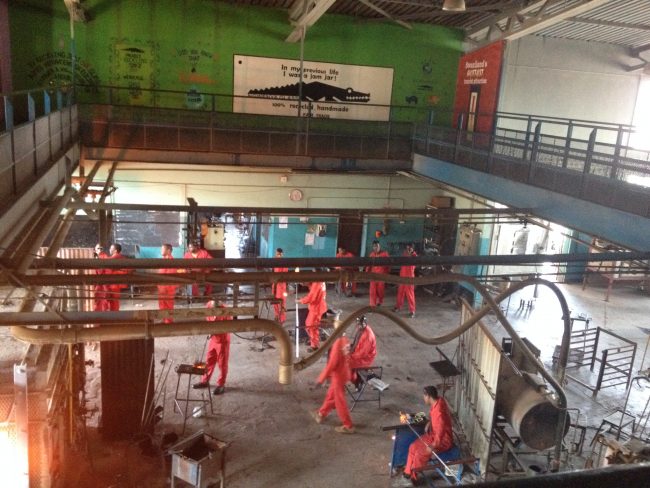
Comparable to other Southern African cuisines, Swazi food is based on a diet of maize, vegetables and meat. This landlocked nation does not feature seafood in most of its dishes. You’ll notice sishwala, on most menus as sides. It is a thickened porridge eaten with meat and vegetables. Influences from Mozambican food is also seen, with Portuguese tastes. Eat at Lihawu Restaurant in Ezulwini Valley, offering a fusion of dishes and includes delicacies such as oxtail stew. Locally sourced, eDladleni is another delight, with authentic meals cooked at request. Pick up some fresh mangos and guavas as you tour Mbabane, a pleasure to locals when in season.
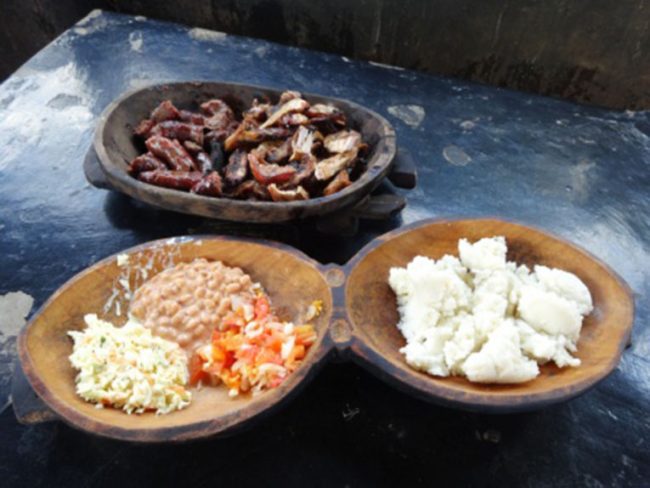
https://www.goabroad.com/interviews/melissa-mitchell-sales-marketing-coordinator (Swazi food)
Traditional attire is more prevalent in rural Swaziland than in cities. Attire in Swaziland is dependent on age. Boys wear loincloths and girls wear reed skirts until they become teenagers. Men wear emajobo, a loincloth made from animal hide. Women also a skirt from cowhide called a sidvwaba. In addition to this, both men and women wear furs, jewellery and feathers. Often these are symbols denoting their marital status and social class. Due to the proximity, you can often see the same designs and prints on garments in Mozambique.

Learn about Swazi culture, explore this small country to its fullest and appreciate the easiness of Swaziland. It may not be bustling like its other Southern African counterparts, but that’s what makes Swaziland the ideal destination to get away from day to day living.
